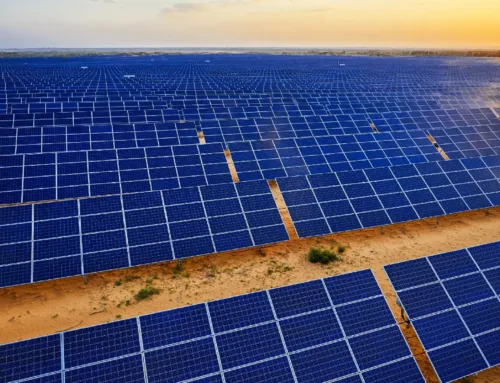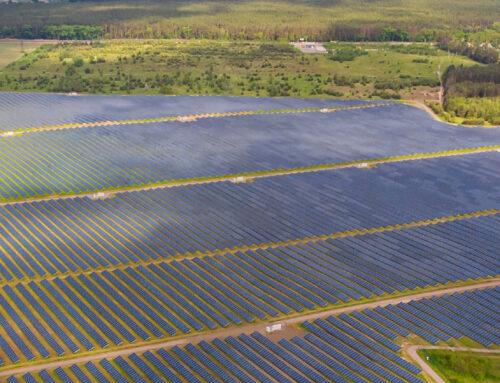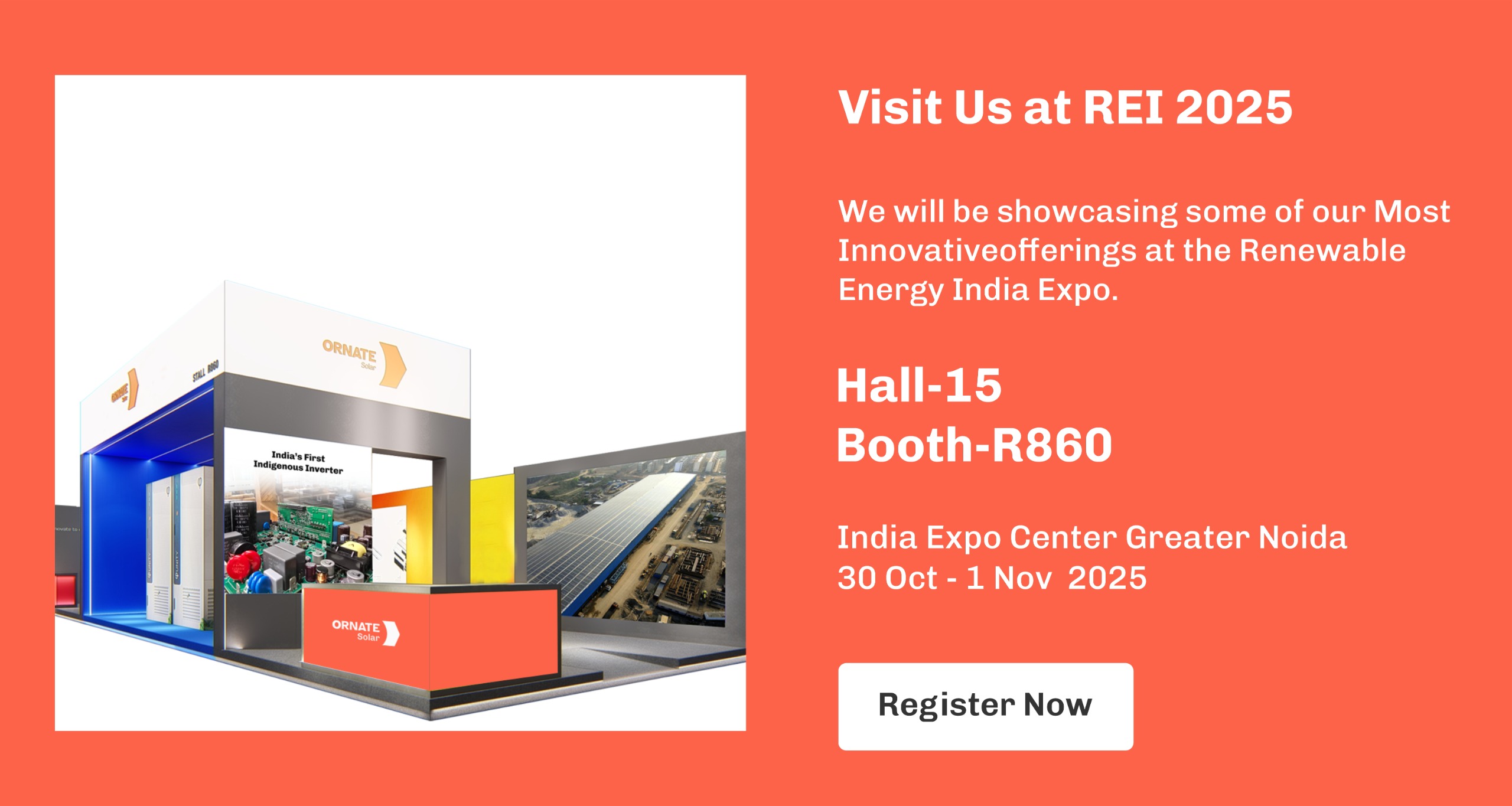
India’s ongoing disputes with China, the name of any Chinese solar module or solar cell manufacturer is not included in the Approved List of Models and Manufacturers (ALMM).
Hence, after the Approved List of Models and Manufacturers (ALMM) is effective, developers will be pressurized to buy domestic modules for solar projects. In comparison, domestic modules are more expensive than Chinese modules, which will increase the overall cost of solar projects.
Solar Developers say that it is not at all easy to execute solar projects with tariff below ₹2.50 (~$0.034)/kWh with these restrictions of the Approved List of Models and Manufacturers (ALMM).
The prices of domestic modules, procured from manufacturers enlisted in ALMM, are 20% higher than Chinese modules, which has increased the overall cost of solar projects.
The Ministry of New and Renewable Energy (MNRE) in October 2018 passed a rule for the supply of government solar tenders, under which it is mandatory for solar cell and module manufacturers to be registered under ALMM to be selected in the projects. Unregistered solar cell and module manufacturers will not be considered valid for these projects.
MNRE released the first list of module manufacturers registered under ALMM on 10th March 2021, after which it is mandatory for the bidders to purchase modules only from module manufacturers listed under ALMM.
The current ALMM list does not include any foreign solar manufacturers. Many foreign manufacturers have also paid the inspection fee, but because of the pandemic situation, the inspection teams were not able to make any visits to these factories.
The majority of the bids are over ₹2.50 (~$0.034)/kWh
In auctions of solar projects since the ALMM came into effect, over 70% of the bidders have quoted tariffs above the ₹2.50 (~$0.034)/kWh limit. Only those bidders, who have either good funds or low debt, have bid aggressively.
Recently, Maharashtra State Electricity Distribution Company Limited invited solar manufacturers to auction a 500 MW solar project. In this bidding, only three bidders quoted a tariff of less than ₹2.50 (~$0.034)/kWh, while eight bidders bid between ₹2.51 (0.0337)/kWh and ₹2.95 (~$0.0396)/kWh in the auction.
Similarly, in Rewa Ultra Mega Solar Limited’s (RUMSL) 550 MW solar project auction, only three out of 13 bidders bid at a tariff below ₹2.50 (~$0.034)/kWh.
Domestic modules are comparatively expensive
A senior executive of a Pune-based solar energy company commented on the auction and said, ” Solar projects at such low tariffs seem to be financially unviable. Because of the ALMM order, developers are restricted to procure modules from the domestic market, which is around 25% more expensive in comparison to imports. That is increasing the overall cost of solar projects. We also don’t know if international companies would be enlisted or not under ALMM, and even if these companies were enlisted, the basic customs duty (BCD) of 40% would be enforced on these imported modules from April 2022.
In recent auctions, state-owned companies like NTPC and SJVN and few private developers bid aggressively because they have lower return expectations compared to the majority of the private developers.”
Similarly, a Deputy General Manager of a Bangalore-based solar energy company said, “The costs of solar energy tariffs and projects would increase because of ALMM. For solar developers, it is financially unviable to execute projects at such a low tariff, as seen in the recent bids. The impact of ALMM would depend on the supply and demand of solar modules as domestic manufacturers do not have enough module manufacturing capacity currently.”
However, according to Ajay Kumar, Senior Engineer, SJVN Ltd., solar projects can be carried out at a tariff of less than ₹2.50 (~$0.034)/kWh despite ALMM.
He said on it, ” The company’s funding and credit rating play an important role in solar projects as companies like SJVN can arrange debt at 6-6.5% interest rates from the market. This can improve the financial viability of solar projects. To reduce the cost of projects despite an increase in module costs, solar developers are using modules with increased capacity that reduce land requirements, artificial intelligence, high-quality trackers, among others.
Solar developers can also optimize operation and maintenance (O&M) costs through short-term contracts and engaging smaller companies for O&M services.”
Commenting on the auction results, another executive at a foreign investment-backed renewable energy platform said, ” Several solar developers quoted tariffs around ₹2.50 (~$0.034)/kWh, which suggests that solar projects are financially feasible at a similar tariff. “We secured solar capacity with a tariff below ₹₹2.50 (~$0.034)/kWh. However, we do not like to reveal the reason behind quoting that tariff as a part of our business strategy.”
With the increased cost of solar modules, the tariff cost has also increased, so it is becoming difficult for the Solar Energy Corporation of India to sign PPA. Being bound by ALMM, solar developers are reluctant to work on lower tariffs, Because the tariff rate is reduced, the cost return period of solar developers will also increase. To considering other factors, it is not possible also for SECI to increase the cost of the tariff. To seeing this situation, winning large-scale solar auctions is becoming increasingly challenging.
Click Here for more updates Ornatesolar.com




Leave A Comment